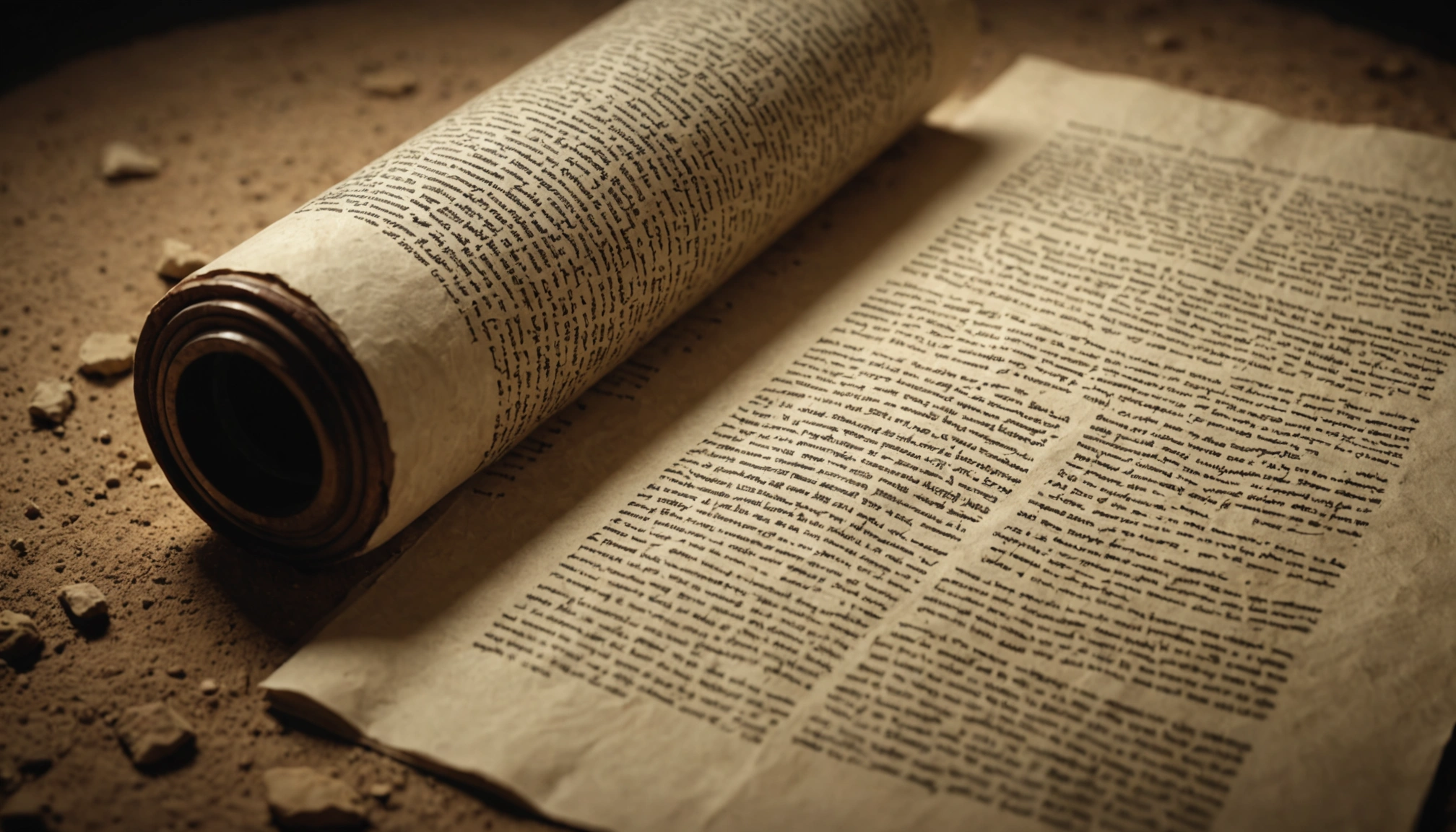AI Analysis Suggests Dead Sea Scrolls Older Than Previously Thought, Rewriting Timeline of Ancient Texts

The Dead Sea Scrolls, a collection of ancient Jewish manuscripts discovered in the mid-20th century, may be decades or even centuries older than previously believed, according to a groundbreaking study combining artificial intelligence and radiocarbon dating. This interdisciplinary approach is reshaping scholars' understanding of ancient Israel's history and the development of biblical texts.
Unveiling the Past with AI
For decades, the age of the Dead Sea Scrolls has been determined primarily through paleography, the study of ancient handwriting. However, this method is subjective and lacks a solid empirical foundation due to the scarcity of securely dated reference materials. To overcome this limitation, an international team of scientists, led by Dr. Mladen Popović from the University of Groningen, developed an AI-based date-prediction model named "Enoch," after the biblical figure.
The Enoch model was trained using high-resolution images of Hebrew and Aramaic lettering from 24 scroll fragments that had undergone radiocarbon dating. By analyzing microscopic ink trace patterns, curvature, and character shapes, the AI learned the paleographic characteristics of the timestamped scrolls. This allowed Enoch to extrapolate paleographic shapes and estimate the age of 135 additional scrolls that had not yet been radiocarbon tested.
A Time Machine for Ancient Texts
The results of the study, published in PLOS ONE, revealed that Enoch's age estimates aligned with 79% of the evaluations made by human paleographers. More significantly, both Enoch and radiocarbon dating methods suggested older ages for many of the Dead Sea Scrolls than traditional handwriting analysis. This indicates that some of the scrolls, particularly those written in "Hasmonean type" script, may date back to decades or even centuries earlier than the previously estimated range of 150-50 BCE.
"With the Enoch tool, we have opened a new door into the ancient world, like a time machine, that allows us to study the hands that wrote the Bible," the researchers stated. This innovative approach provides a more objective and robust framework for dating the Dead Sea Scrolls, potentially rewriting the chronology of ancient Jewish texts and shedding new light on the origins of Judaism and Christianity.
Implications for Biblical History
The revised dating of the Dead Sea Scrolls has profound implications for understanding the development of biblical literature. For example, the study provides the first tangible evidence that portions of Daniel and Kohelet (Ecclesiastes) were penned contemporaneously with their presumed scribes in the second and third centuries BCE. This discovery offers a window into the production of biblical literature at its very source.
Furthermore, the findings suggest that different script traditions may have coexisted in ancient Judea, rather than evolving in a simple linear sequence. The earlier emergence of Herodian style fragments, potentially dating back to the late second century BCE instead of the mid-first century BCE, supports this hypothesis.
The Dead Sea Scrolls: A Treasure Trove of Ancient Knowledge
The Dead Sea Scrolls, discovered between 1947 and 1956 in eleven caves near Khirbet Qumran on the northwestern shore of the Dead Sea, are considered one of the most important archaeological finds of the 20th century. The scrolls, written primarily on parchment, papyrus, and one on copper, date from the 3rd century BCE to the 1st century CE.
The collection comprises approximately 1,000 manuscripts, consisting of tens of thousands of fragments. These texts include the oldest known surviving copies of biblical books, as well as other religious writings, hymns, prayers, legal documents, and previously unknown works. Every book of the Hebrew Bible is represented, except for Esther.
The scrolls offer invaluable insights into the diverse religious and cultural landscape of ancient Judaism during the Second Temple period. They shed light on the beliefs and practices of various Jewish groups, including the Essenes, who are believed by many scholars to have resided at Qumran. The scrolls also provide crucial context for understanding the emergence of Christianity and Rabbinic Judaism.
Preserving a Legacy for Future Generations
The Dead Sea Scrolls are currently housed in the Shrine of the Book at the Israel Museum in Jerusalem, with some fragments also held at the Jordan Museum in Amman. The Israel Antiquities Authority (IAA) is responsible for the conservation and preservation of the scrolls, employing advanced technologies and strict protocols to ensure their long-term survival.
The IAA has established a climate-controlled storeroom and laboratory to maintain stable temperature, humidity, and minimal light exposure, replicating the conditions of the Judean Desert caves where the scrolls were preserved for millennia. Conservators meticulously clean, repair, and document each fragment, using methods that can be reversed if necessary.
The Leon Levy Dead Sea Scrolls Digital Library provides online access to high-resolution images of the scrolls, enabling scholars and the public worldwide to study these ancient texts without physically handling them. This digital preservation effort safeguards the scrolls for future generations while promoting greater understanding of their historical and cultural significance.
A New Chapter in Dead Sea Scrolls Research
The integration of artificial intelligence into Dead Sea Scrolls research marks a significant advancement in the field. The Enoch model offers a powerful tool for dating and analyzing these ancient manuscripts, complementing traditional paleographic methods and providing new insights into their origins and historical context.
As researchers continue to refine and expand the Enoch model, it is expected to play an increasingly important role in unlocking the secrets of the Dead Sea Scrolls and reshaping our understanding of the ancient world. The scrolls promise fresh insights into the political upheavals, theological debates, and cultural transformations that shaped the Jewish and early Christian worlds.
Related Articles

China Embarks on Decade-Long Mission to Unlock Secrets of Asteroids and Comets with Tianwen-2

